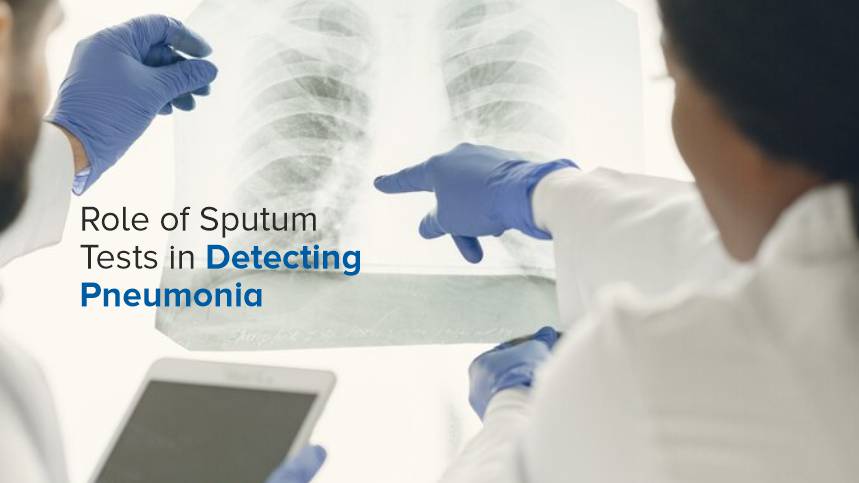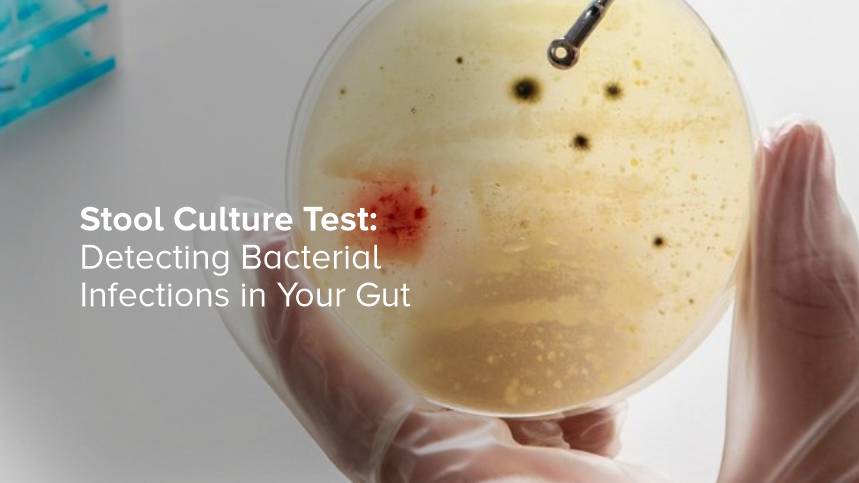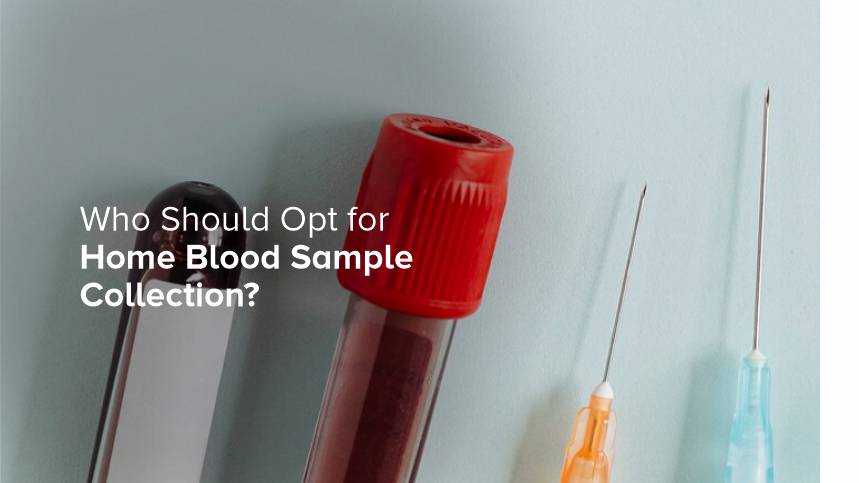


Condition
- Others
- Blood Disorders
- Top tests
- Others
- Others
- Others
- Fever
- Fever
- Blood Disorders
- Blood Disorders
- Preventive Health Checkup
- Preventive Health Checkup
- Profile
- Kidney Disease
- Kidney Disease
- Diabetes
- Diabetes
- Heart Disease & Hypertension
- Preventive Health Checkup
- Lifestyle Packages
- Thyroid Disorder
- Diabetes
- Diabetes
- Diabetes
- Diabetes
- Diabetes
- Diabetes
- Diabetes
- Top tests
- Allergy
- Top tests
- Top tests
- Top tests
- Top tests
- Diabetes
- Top tests
- Diabetes
- Top tests
- Top tests
- Top tests
- Liver Disease
- Diabetes
- Top tests
- Vitamin Deficiency
- Top tests
- Top tests
- Liver Disease
- Top tests
- Top tests
- Top tests
- Anemia
- Anemia
- Anemia
- Diabetes
- Diabetes
- Anemia
- Top tests
- Top tests
- Top tests
- Preventive Health Checkup
- Thyroid Disorder
- Heart Disease & Hypertension
- Top tests
- Preventive Health Checkup
- Diabetes
- Heart Disease & Hypertension
- Top tests
- Fever
- Allergy
- Liver Disease
- Lifestyle Packages
- Heart Disease & Hypertension
- Top tests
- Arthritis
- Top tests
- Top tests
- Heart Disease & Hypertension
- Kidney Disease
- Preventive Health Checkup
- Allergy
- Top tests
- Lifestyle Packages
- Top tests
- Kidney Disease
- Top tests
- Lifestyle Packages
- Top tests
- Preventive Health Checkup
- Preventive Health Checkup
- Top tests
- Top tests
- Vitamin Deficiency
- Allergy
- Diabetes
- Top tests
- Top tests
- Top tests
- Top tests
- Heart Disease & Hypertension
- Allergy
- Top tests
- Preventive Health Checkup
- Top tests
- Top tests
- Infertility
- Top tests
- Lifestyle Packages
- Allergy
- Diabetes
- Heart Disease & Hypertension
- Lifestyle Packages
- Preventive Health Checkup
- Preventive Health Checkup
- Top tests
- Preventive Health Checkup
- Top tests
- Diabetes
- Top tests
- Infertility
- Top tests
- Thyroid Disorder
- Top tests
- Allergy
- Preventive Health Checkup
- Vitamin Deficiency
- Top tests
- Top tests
- Infertility
- Lifestyle Packages
- Diabetes
- Liver Disease
- Kidney Disease
- Vitamin Deficiency
- Top tests
- Heart Disease & Hypertension
- Heart Disease & Hypertension
- Top tests
- Heart Disease & Hypertension
- Heart Disease & Hypertension
- Heart Disease & Hypertension
- Infertility
- Heart Disease & Hypertension
- Vitamin Deficiency
- Vitamin Deficiency
- Arthritis
- Arthritis
- Top tests
- Top tests
- Lifestyle Packages
- Preventive Health Checkup
- Lifestyle Packages
- Preventive Health Checkup
- Vitamin Deficiency
- Top tests
- Lifestyle Packages
- Lifestyle Packages
- Preventive Health Checkup
- Top tests
- Preventive Health Checkup
- Top tests
- Heart Disease & Hypertension
- Infertility
- Top tests
- Top tests
- Preventive Health Checkup
- Lifestyle Packages
- Top tests
- PCOD
- Preventive Health Checkup
- Lifestyle Packages
- Preventive Health Checkup
- Top tests
- Fever
- PCOD
- Kidney Disease
- Top tests
- Top tests
- Preventive Health Checkup
- Preventive Health Checkup
- Liver Disease
- Thyroid Disorder
- Top tests
- Heart Disease & Hypertension
- PCOD
- Top tests
- Arthritis
- Preventive Health Checkup
- Kidney Disease
- Lifestyle Packages
- Top tests
- Allergy
- Top tests
- Top tests
- Diabetes
- Thyroid Disorder
- Preventive Health Checkup
- Top tests
- Lifestyle Packages
- Preventive Health Checkup
- Top tests
- Kidney Disease
- Liver Disease
- Infertility
- Top tests
- Anemia
- Top tests
- Top tests
- Top tests
- Preventive Health Checkup
- Bone Health
- Cancer
- Fatty Liver

Tests
Pneumonia is one of the most common respiratory infections affecting millions of people worldwide each year. While early diagnosis and treatment are critical for a full recovery, identifying pneumonia accurately requires reliable and efficient testing methods. Among the repertoire of diagnostic tests available, sputum tests have gained significant attention for their role in diagnosing lung infections, including pneumonia.
Understanding Pneumonia and Its Diagnosis
What is Pneumonia?
Pneumonia is a lung infection that inflames the air sacs (alveoli) in one or both lungs, causing them to fill with fluid or pus. This condition often arises from bacterial, viral, or fungal infections. Symptoms include coughing, fever, shortness of breath, and chest pain, which can range from mild to severe depending on the cause and the individual's overall health.
Why Accurate Diagnosis Matters
Accurate diagnosis is vital because pneumonia's symptoms overlap with those of other respiratory conditions like bronchitis and asthma. Misdiagnosis can delay appropriate treatment, potentially leading to severe complications such as respiratory failure or sepsis. Diagnostic tests like sputum analysis play a pivotal role in providing clarity.
What is a Sputum Test?
A sputum test is a diagnostic procedure that analyzes the mucus or phlegm produced by the lungs during coughing. Unlike saliva, sputum originates deep within the respiratory tract and often contains clues about the presence of infections or other lung issues.
Role of Sputum Tests in Detecting Pneumonia
Identifying the Cause of Pneumonia
One of the primary benefits of a sputum test is its ability to determine whether pneumonia is caused by bacteria, fungi, or viruses. For instance, if bacterial organisms like Streptococcus pneumoniae are detected, antibiotics can be prescribed.
Assessing Severity and Treatment Effectiveness
Sputum analysis not only helps diagnose the cause but also provides data on the severity of infection. Monitoring changes in sputum quality and composition during treatment can help assess how well a prescribed therapy is working.
Targeted Treatment Approach
Rather than relying on broad-spectrum treatments, sputum tests enable a more targeted approach by identifying the exact pathogen. This precision minimizes the misuse of antibiotics and reduces the risk of antibiotic resistance.
Early Detection in High-Risk Groups
Patients at higher risk of severe pneumonia—such as the elderly, individuals with weakened immune systems, and those with chronic conditions—can benefit from early sputum testing. Timely identification of the pathogen allows for quicker intervention, reducing hospitalization rates and improving outcomes.
Benefits of Sputum Tests
- Accuracy
Sputum tests are highly reliable for detecting respiratory infections, making them invaluable in confirming pneumonia cases. - Non-Invasive
Unlike certain diagnostic approaches like biopsies or invasive bronchoscopy, sputum collection is simple and painless, which makes it accessible to a wide range of patients. - Speedy Results
For many pathogens, sputum tests offer preliminary results within a few hours, enabling timely treatment decisions. - Comprehensive Insight
By revealing the specific pathogen, sputum tests guide tailored treatments, ensuring patients receive the most effective care.
Are There Any Limitations?
While sputum tests offer undeniable advantages, they are not without limitations. For instance, obtaining a high-quality sputum sample may be challenging, particularly for patients who have difficulty coughing up mucus. Additionally, contamination with saliva can skew results.
It’s not uncommon for sputum tests to be supplemented by other diagnostic tools like chest X-rays, blood tests, or bronchoscopy for a comprehensive evaluation.
Steps to Prepare for a Sputum Test
If your healthcare provider orders a sputum test, here are a few tips to ensure the best possible sample is collected:
- Hydrate Well: Drinking plenty of fluids the day before can help loosen mucus.
- Follow Instructions: Some tests may require you to avoid eating for a certain period before sample collection.
- Clear Directions: Make sure to follow sample handling and hygiene protocols as instructed by your medical provider.
When Should You Consider a Sputum Test?
You may need a sputum test if you experience symptoms suggestive of pneumonia, such as:
- Persistent or severe coughing with mucus production
- Fever or chills that don’t improve
- Shortness of breath or chest pain
Certain populations, including smokers and individuals with a history of chronic respiratory conditions, may be more frequently advised to undergo sputum testing as a precaution.
Conclusion
Sputum tests exemplify how far medical science has come in diagnosing and treating respiratory conditions like pneumonia. By providing accurate, detailed insights into lung health, these tests pave the way for more targeted, effective, and patient-specific care plans.
If you or a loved one experience signs of pneumonia, remember that early testing and treatment are key. Consult with a healthcare provider to evaluate whether a sputum test—and possibly additional diagnostics—are right for you.
WANT TO BOOK HEALTH CHECKUP ?
Categories
Others
4
Blood Disorders
3
Top tests
69
Fever
4
Preventive Health Checkup
26
Profile
1
Kidney Disease
8
Diabetes
20
Heart Disease & Hypertension
15
Lifestyle Packages
15
Thyroid Disorder
5
Allergy
8
Liver Disease
6
Vitamin Deficiency
7
Anemia
5
Arthritis
4
Infertility
6
PCOD
3
Bone Health
1
Cancer
1
Fatty Liver
1
Recent Blogs
Stool Culture Test: Detecting Bacterial Infections in Your Gut
Our digestive system is home to a vast community of microorganisms—most of which are...
29-04-2025
Who Should Opt for Home Blood Sample Collection?
Convenience has become a priority in every aspect of life, including healthcare. One of...
29-04-2025
Online Lab Tests vs. Traditional Lab Tests: Which One Should You choose?
In today’s digital-first world, almost everything is available at your fingertips—from...
29-04-2025







